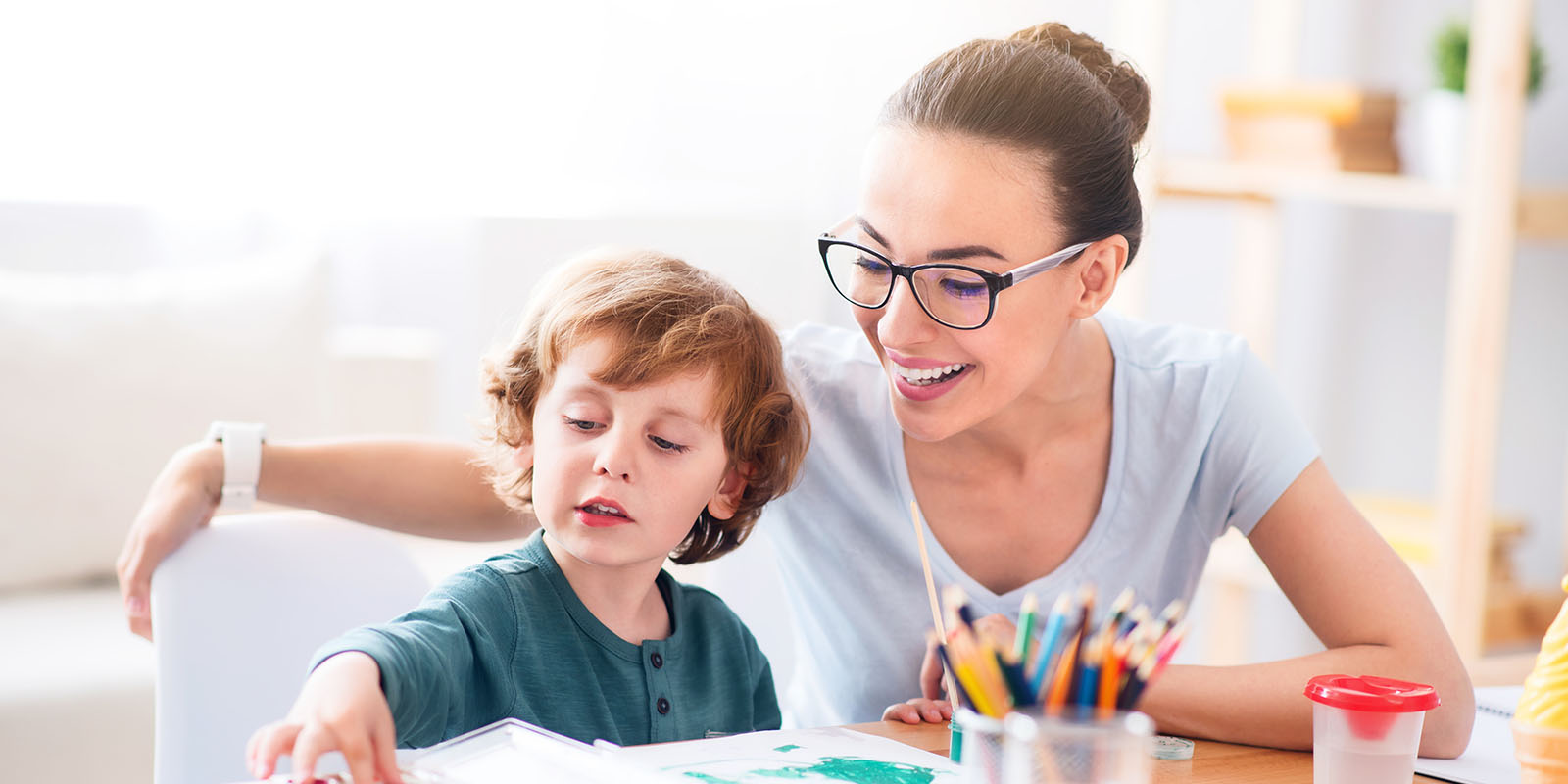On a day-to-day basis, most teachers will witness children misbehaving or being somewhat cruel to each other. But thankfully, there’s an innate kindness in everyone, which simply needs a little bit of classroom cultivation.
Famed naturalist and geologist Charles Darwin believed that kindness was one of the strongest instincts in humans stating, “those communities which included the greatest number of the most sympathetic members would flourish best and rear the greatest number of offspring.”
What’s more, when humans are kind to one another, the brain’s reward centres light up because the body releases the ‘happy hormone’ known as dopamine. It’s the reason why people experience ‘helper’s high’ after volunteering.
Kindness is good for our health too, not only lowering blood pressure and protecting the heart but also releasing the ‘cuddle hormone’ oxytocin, which plays a role in social bonding.
Therefore, it goes without saying that promoting kindness in the classroom will bring about several benefits for your students. But how do you go about it?
Lead by example
You might think that children say and do exactly the opposite of what you ask, but deep down most students look up to their teachers with great admiration. So, if you speak kindly and act kindly, you should notice the same behaviour in your class.
Other ways to lead by example include being polite to others, holding the door open, and paying people compliments.
Encourage the act of giving
The vast majority of children are stunned when they first hear the phrase “it is better to give than to receive,” especially around Christmas time. But studies show that we get more happiness from spending money on others than on ourselves.
Try to replicate this in the classroom by choosing a worthy cause to raise money for and identify some potential activities, such as a bake sale or sporting event.
Place an emphasis on friendship
Consider creating a chart that lists all the good things that can come from friendship – what friends will do for each other and the activities friends enjoy. You’ll be amazed at the responses your class come up with.
From helping to sharpen a pencil to playing games or reading books, there’s no end of friendship examples to kick-start this activity and get your students engaged in the conversation.
Recognise and reward good deeds
Simply witnessing someone being kind to someone else is enough for our bodies to release the ‘cuddle hormone’ oxytocin. And because kindness is contagious, the more your students witness good deeds, the more likely they’ll be to replicate this behaviour.
As a result, it makes perfect sense to recognise good deeds so they don’t go unnoticed and reward those who continue to be kind on a regular basis.
Tell students about random acts of kindness
Perhaps the most important value you should be communicating to your students is that kindness isn’t exclusively for the classroom; it must be replicated outside of school too.
One option is to host a random acts of kindness week, where children are tasked with helping their local community.



